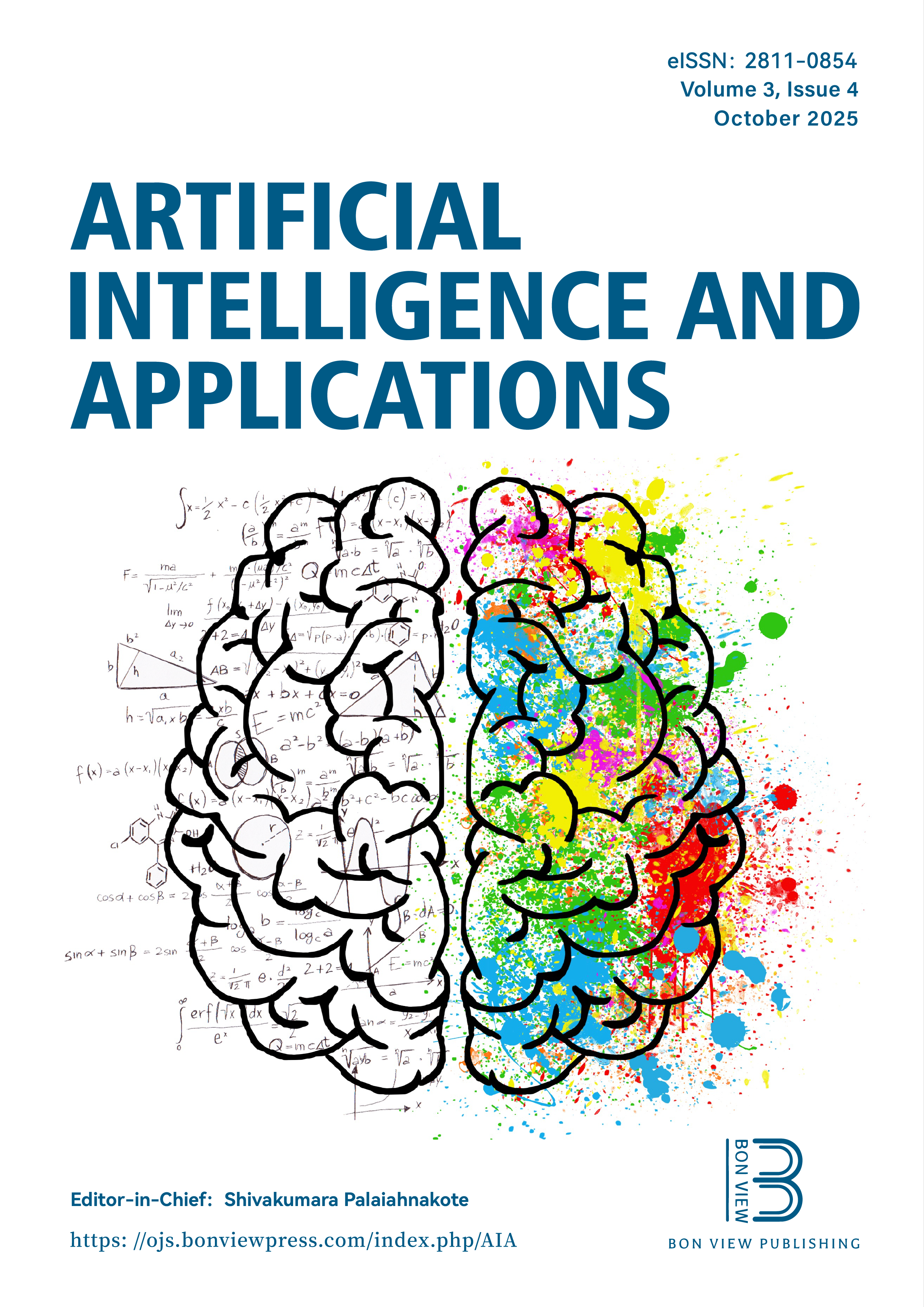Recent Landscape of Deep Learning Intervention and Consecutive Clustering on Biomedical Diagnosis
DOI:
https://doi.org/10.47852/bonviewAIA2202480Keywords:
deep learning, DNA methylation, consecutive clustering, differentially methylated region (DMR), supervised and unsupervised DMR finding algorithm, powerAbstract
Consecutive clustering is one type of learning method that is built on neural network. It is frequently used in different domains including biomedical research. It is very useful for consecutive clustering (adjacent clustering). Adjacent clustering is highly used where there are various specific locations or addresses denoting each individual features in the data that need to be grouped consecutively. One of the useful consecutive clusterings in the field of biomedical research is differentially methylated region (DMR) finding analysis on various CpG sites (features). So far, many researches have been carried out on deep learning and consecutive clustering in biomedical domain. But for epigenetics study, very limited survey papers have been published till now where consecutive clustering has been demonstrated together. Hence, in this study, we contributed a comprehensive survey on several fundamental categories of consecutive clustering, for example, convolutional neural network, autoencoder, restricted Boltzmann machines and deep belief network, recurrent neural network, deep stacking networks, long short-term memory/gated recurrent unit network, etc., along with their applications, advantages, and disadvantages. Different forms of consecutive clustering algorithms that are covered in the second section (viz., supervised and unsupervised DMR finding methods) and used for DNA methylation data have been described here along with their advantages, shortcomings, and overall performance estimation (power, time). Our survey paper provides a latest research work that has been done for consecutive clustering algorithms for healthcare purposes. All the usages, benefits, and shortcomings along with their performance evaluation of each algorithm have been elaborated in this paper by which new biomedical researchers can understand and use those tools and algorithms for their research prospective.
Received: 21 October 2022 | Revised: 13 December 2022 | Accepted: 21 December 2022
Conflict of Interest
Sarauv Mallik is an Associate Editor for Artificial Intelligence and Applications, and was not involved in the editorial review or the decision to publish this article. The authors declare that they have no conflicts of interest to this work.
Data Availability Statement
Data sharing is not applicable to this article as no new data were created or analyzed in this study.
Author Contribution Statement
Ayan Mukherji: Conceptualization, Methodology, Formalanalysis, Investigation, Resources, Writing – original draft, Writing – review & editing, Visualization. Arindam Mondal: Supervision, Project administration. Rajib Banerjee: Supervision, Project administration. Saurav Mallik: Conceptualization, Methodology, Formal analysis, Resources, Writing – review &editing.
Downloads
Published
Issue
Section
License
Copyright (c) 2022 Authors

This work is licensed under a Creative Commons Attribution 4.0 International License.






